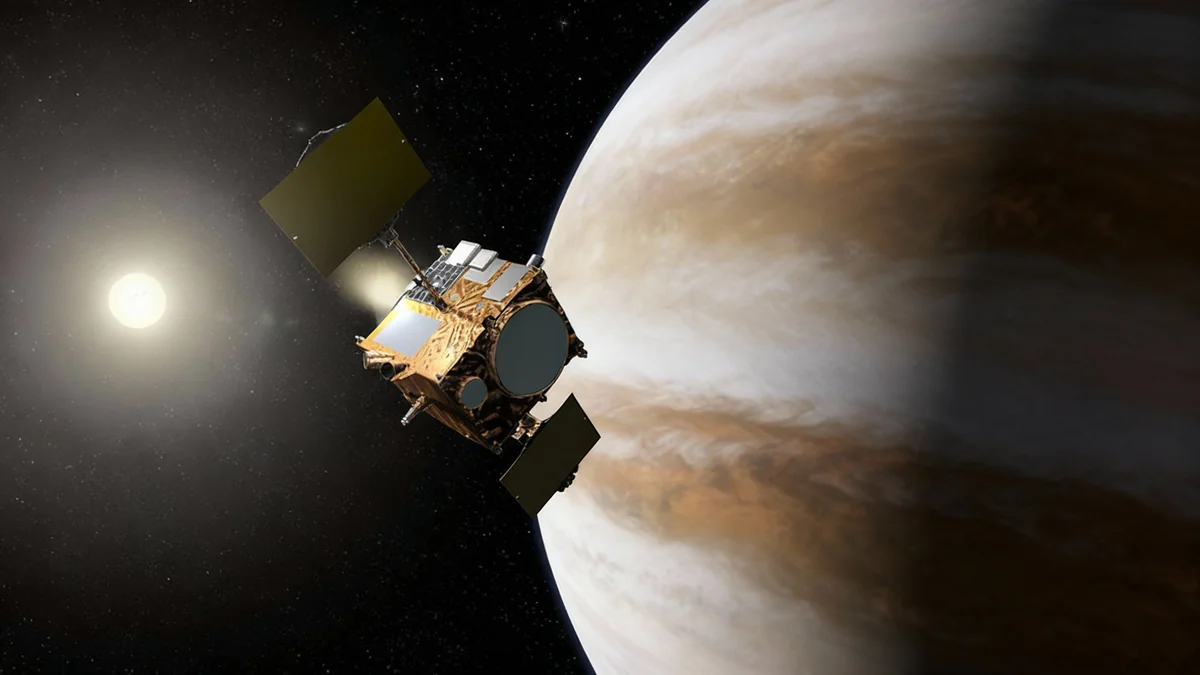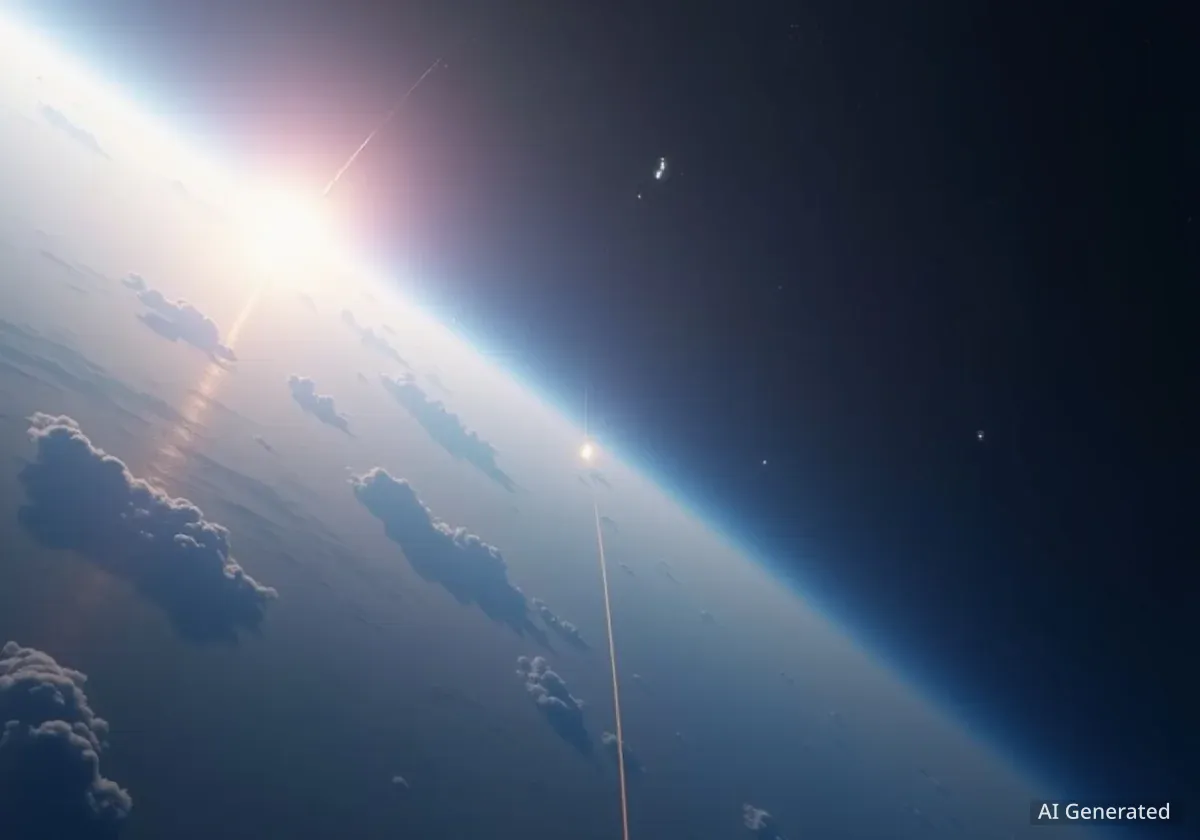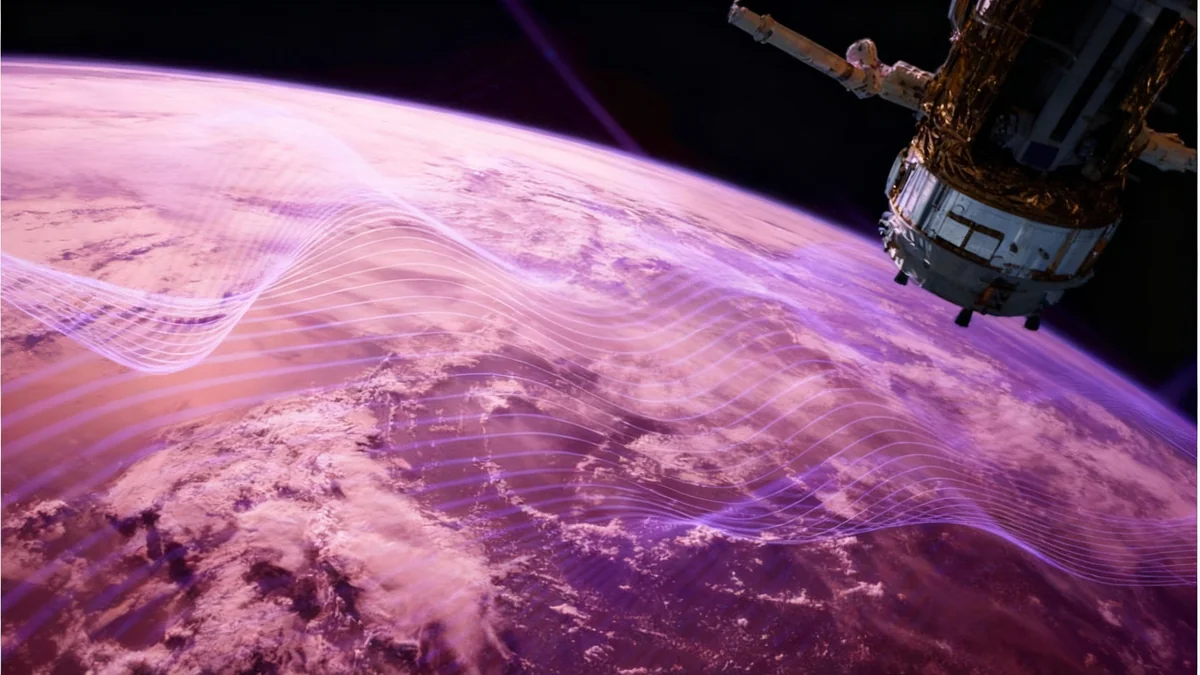A new study has outlined a feasible design for a satellite instrument capable of detecting methane leaks ten times smaller than what is currently possible from space. This technological leap could enable the monitoring and repair of up to 75% of methane emissions from the oil and gas sector, a significant increase from the 25% addressable with current technology.
Methane is a potent greenhouse gas, responsible for about one-third of the global temperature rise over the past decade. The proposed technology targets a critical gap in environmental monitoring, offering a new tool in the effort to mitigate climate change.
Key Takeaways
- A new satellite instrument concept can detect methane leaks as small as 10 kilograms per hour, a tenfold improvement in sensitivity.
- Current satellite technology has a detection limit of 100 kg/hr, which only addresses about 25% of methane emissions from the oil and gas industry.
- The new system could identify an estimated 75% of leaks, significantly enhancing climate change mitigation efforts.
- The instrument is designed for a constellation of small, economically viable microsatellites to provide regular global coverage.
The Hidden Emissions Problem
The global oil and gas industry is a primary source of human-caused methane emissions, contributing roughly one-third of the total. A persistent challenge for operators is the presence of undetected leaks, with surveys indicating that companies are often unaware of about half of all active leaks at their facilities at any given time.
Current regulations in the United States, Canada, and Europe are aligned with existing satellite capabilities, focusing on leaks that exceed a rate of 100 kilograms per hour. While significant, these larger leaks represent only a fraction of the total problem.
A Critical Blind Spot
Research indicates that the vast majority of methane emissions from the energy sector—approximately 75%—originate from smaller, more numerous leaks that fall below the current 100 kg/hr detection threshold of space-based sensors.
This gap means that even with perfect compliance and repair of all detectable large leaks, a substantial volume of methane would continue to escape into the atmosphere unmonitored. The new technology aims to close this critical monitoring gap.
A Leap in Satellite Sensitivity
The 'Precise Methane Leak Detection from Orbit' study, a project supported by the European Space Agency (ESA), details the design for a new type of sensor. This narrowband imaging instrument is designed to achieve the necessary tenfold increase in sensitivity to see smaller leaks.
"Detailed surveys of oil and gas facilities show that if we only detect and fix 100 kilograms per hour leaks and above, that's only about 25% of what the oil and gas industry leaks," explained Neil Rowlands, the project engineer at Honeywell who led the study. "If we go to 10 kilograms per hour, we're getting 75% of the leaks."
The proposed instrument would feature a 25 cm aperture and be capable of imaging 5 km by 5 km areas at a 10-meter resolution. It would focus on specific targets, such as energy infrastructure, for about 30 seconds to gather precise data.
Microsatellites for Global Coverage
The sensor itself is designed to be relatively compact. Weighing approximately 30 kilograms, it is too large for the smallest class of satellites known as CubeSats but is perfectly suited for microsatellites.
What is a Microsatellite?
Microsatellites are small satellites weighing between 10 and 100 kilograms. Their lower manufacturing and launch costs make it economically feasible to deploy them in large numbers, forming a "constellation" that can provide frequent and regular revisits over specific locations on Earth.
A constellation of these satellites would provide the consistent monitoring needed to be effective. The goal is to survey facilities worldwide on a weekly or bi-weekly basis, providing a continuous stream of data that is impossible to achieve with ground crews or periodic aerial surveys.
From Wasted Product to Climate Action
For the oil and gas industry, methane leaks represent not only an environmental issue but also a direct financial loss of sellable product. Many major companies already operate Leak Detection and Repair (LDAR) programs using ground-based sensors. However, these methods are not continuous and cannot provide 100% coverage of sprawling, distributed facilities.
The enhanced sensitivity of the proposed satellite system offers a dual benefit for operators.
- Proactive Maintenance: It allows companies to identify and repair small leaks before they grow and exceed regulatory thresholds, avoiding potential fines.
- Improved Efficiency: It helps pinpoint previously unknown leaks, reducing product loss. According to estimates, the value of methane lost in the United States alone is around $2.5 billion annually.
"LDAR surveys using ground crews can't be done continuously, and third-party surveys with airborne LIDAR consistently find that operators are unaware of about half their leaks," Rowlands noted. "Satellite monitoring that provides a good survey every week or two would be a huge benefit for identifying and fixing those leaks."
The global impact of this technology could be substantial. If applied worldwide to the oil and gas industry, successfully reducing methane leaks by 75% could lower global warming by an estimated 0.15°C by 2050.
Next Steps and Future Potential
The successful feasibility study has paved the way for the next phase of development. Work is expected to proceed along two parallel tracks: the construction of a working prototype to demonstrate the technology on the ground, and a comprehensive mission concept study.
This mission study will determine the optimal number of satellites for a global constellation, define the requirements for the ground-based data processing systems, and develop a full business case for the service.
The project, proposed through ESA's Open Space Innovation Platform, highlights a growing trend of using space technology for direct environmental and commercial applications on Earth.
"This study rethinks methane detection by proposing a novel design for a satellite-based sensor," said Iga Szczesniak, the ESA lead on the project. She added that it "demonstrates strong commercial potential and could contribute to climate change mitigation, providing motivation for further development and a possible new space mission."
Potential users of this data extend beyond the energy sector. Environmental monitoring agencies, climate research organizations, and non-governmental organizations would also benefit from more precise and continuous data on greenhouse gas emissions.





